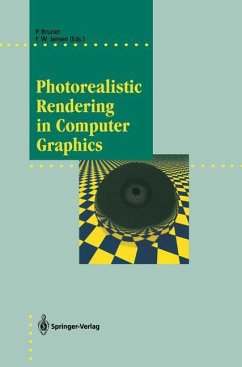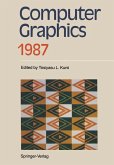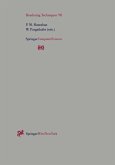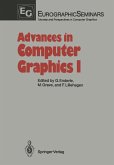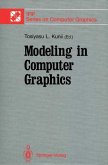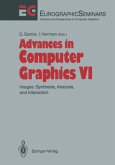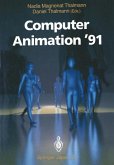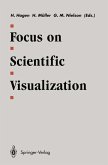Photorealistic rendering strives to generate images fromcomputer modeled scenes with an image quality as close toreal life as possible. A major issue in rendering issimulation of local and global light reflection in a scene.Both ray tracing and radiosity algorithms capture only someof the possible light reflection phenomena. Recentlydeveloped two-pass algorithms combine the ray tracing andradiosity approaches and are able to capture the whole rangeof light reflection.This book is a collection of papers discussing the latestdevelopments, including a new range of improvements, instochastic sampling strategies, radiosity form factorcalculation, and parallel processing for ray tracing andradiosity. A number of papers on rendering applications ininterior design, lighting design, and remote sensingconclude the volume.The contributions are revised versions of papers originallypresented at the Second Eurographics Workshop on Rendering,held in Barcelona, Spain, in May 1991. The book fullyreflects the state of the art in rendering and presentsawide variety of novel techniques. It will interestresearchers and students in computer graphics, as well asdesigners who want to apply rendering techniques forrealistic simulation in lighting design, interior design,and architecture.
Bitte wählen Sie Ihr Anliegen aus.
Rechnungen
Retourenschein anfordern
Bestellstatus
Storno

